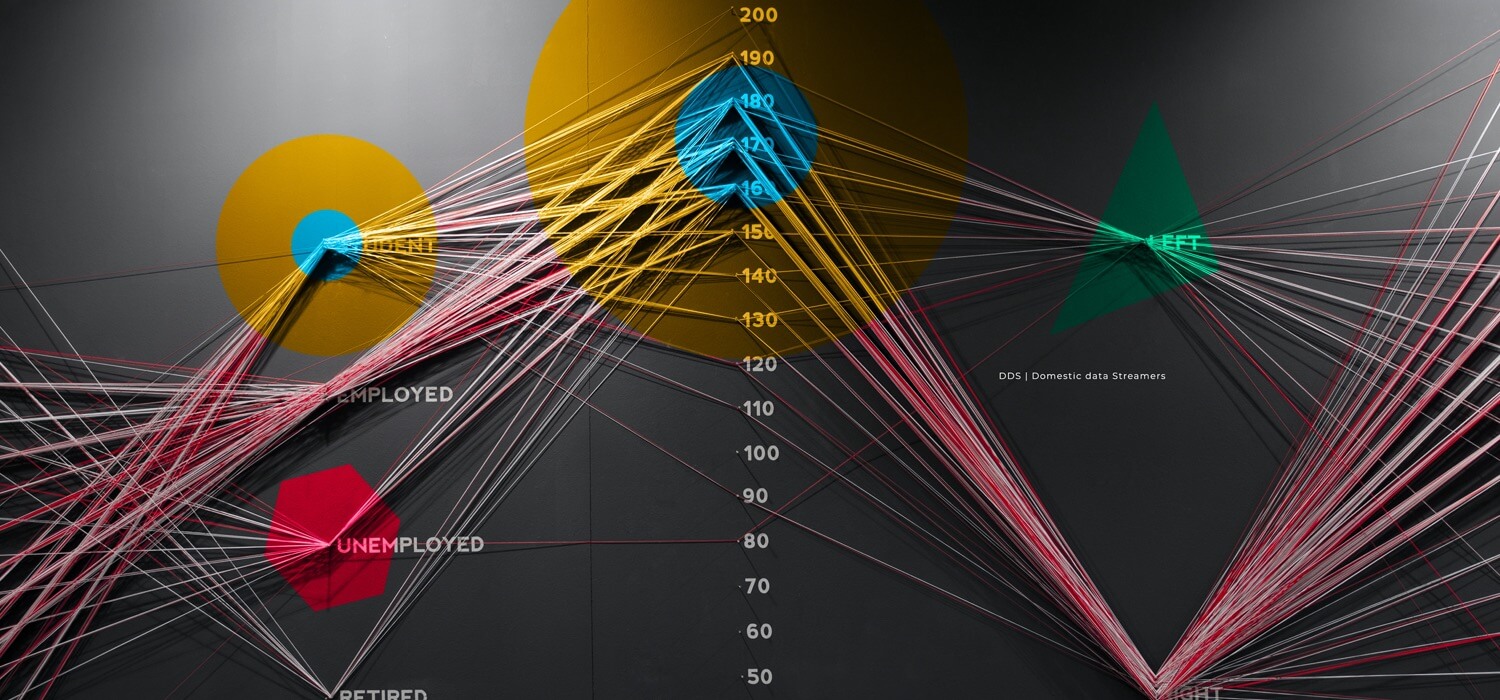
What's Me-Mind
The Project
Me-Mind is a Creative Europe project designed to enhance the value of cultural and creative industries (CCIs) in terms of audience development, sustainable business strategies and analysis of benefits and impacts produced in the territory.
Me-Mind is an important showcase for data and intangibles values produced by cultural activities, so measuring the socio-economic impact of a CCI. Me-Mind will focus on the whole data lifecycle (data collection -> data analysis -> data visualization) to capture the full potential of an action and to use data in an emotional and communicative way.
By piloting in two use cases representing the cultural sector (the Estonian National Museum as permanent exhibition and the Internet Festival of Pisa as event), Me-Mind wants to create a replicable methodology so as to transfer the knowledge acquired. This will provide CCIs with a business model canvas based on data-driven decisions and with artistic data visualization hints to be used towards stakeholders and policy makers.
Mission
Making culture count is the highest mission of Me-Mind.
What precisely does it mean? The meaning is twofold.
Firstly, it means bringing culture closer to people, letting people experience, through the artistic data visualisation, that the culture carries a broad spectrum of values: aesthetic value, but also social, educational, historical, economic and spiritual value. And again, it means making people feel that they are a relevant part of the cultural activities’ success.
Secondly, it means taking hard science out of its world, applying technological innovations to cultural production and cultural fruition. Institutions and stakeholders need evidence in order to gauge future decisions and commitment in this field; the role of science in producing and processing data on the impact of creative and cultural industries is therefore crucial for showing the worth of culture in people’s lives and for the society at all.
Objectives



